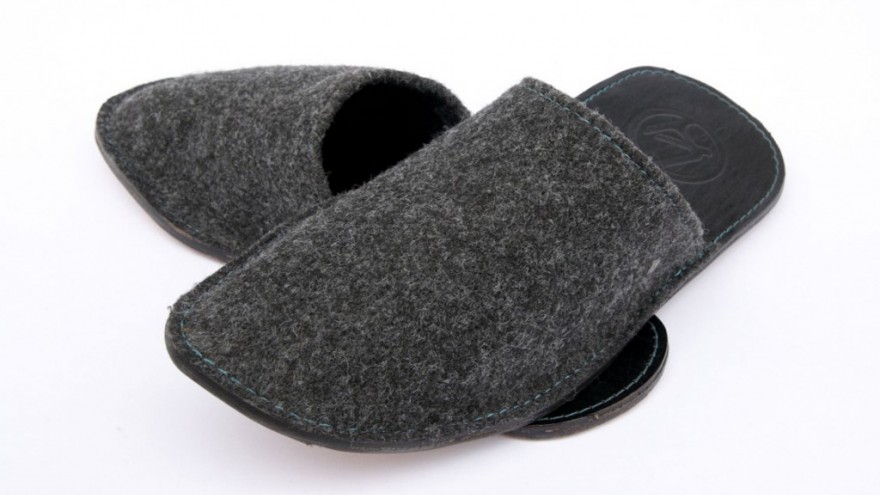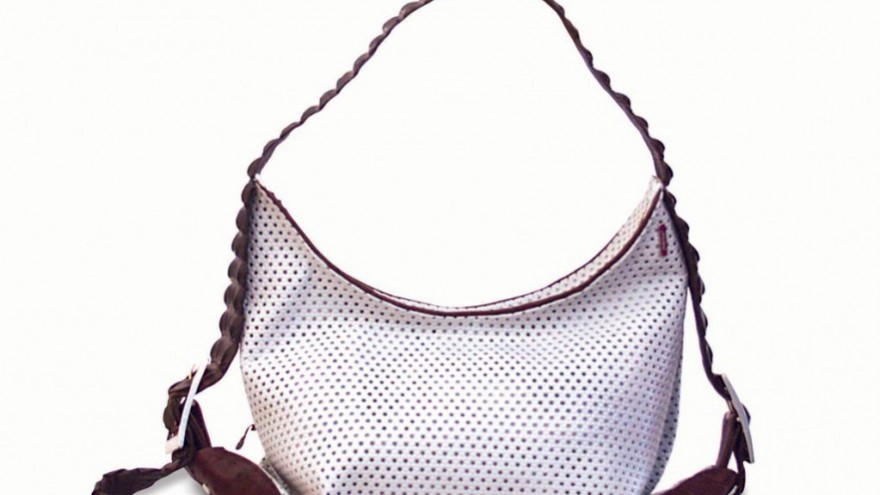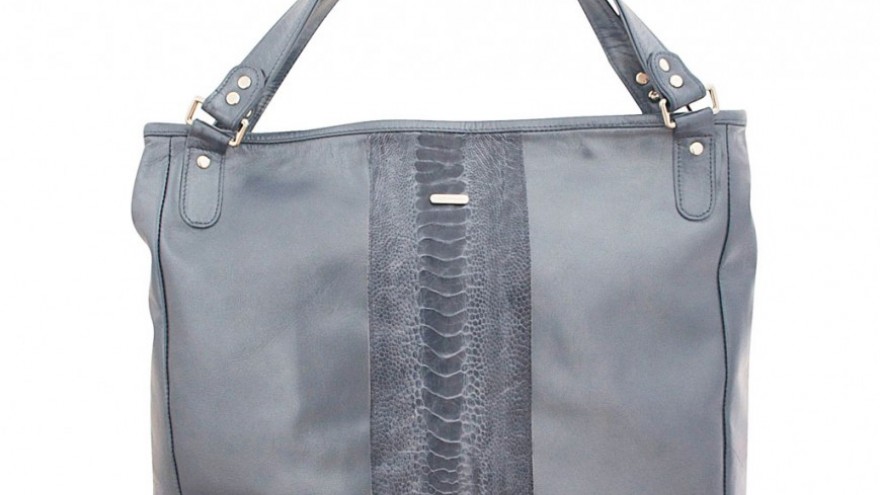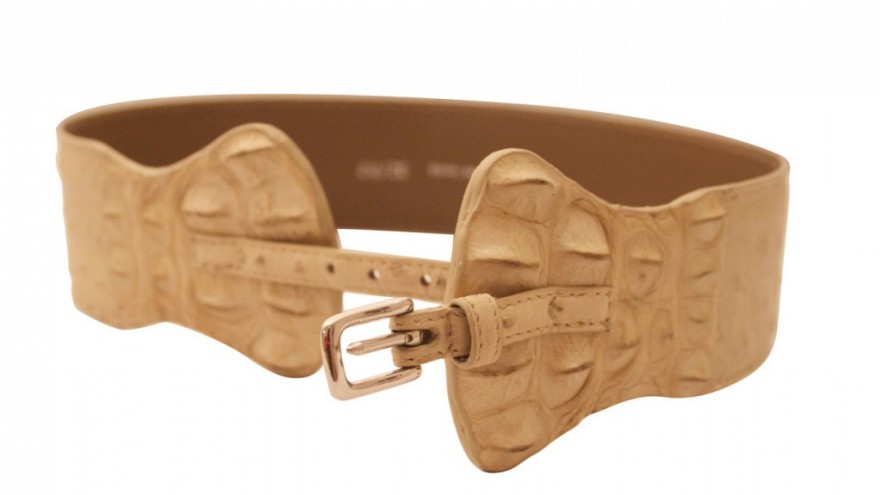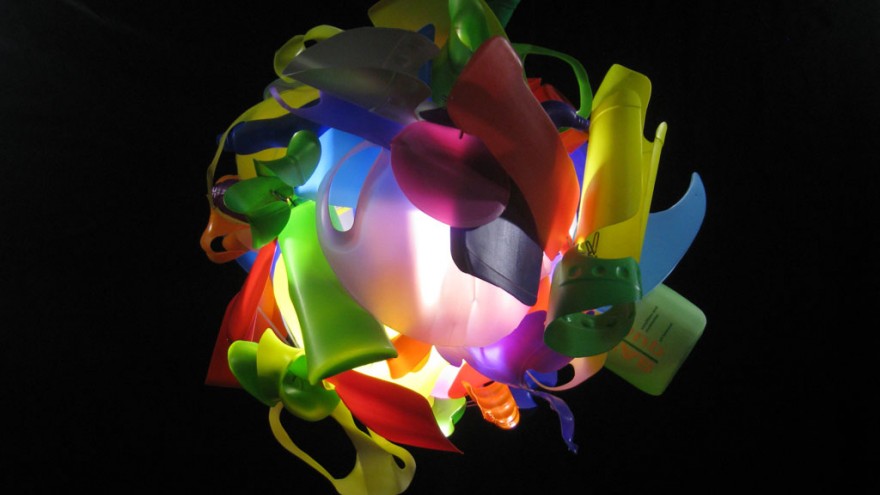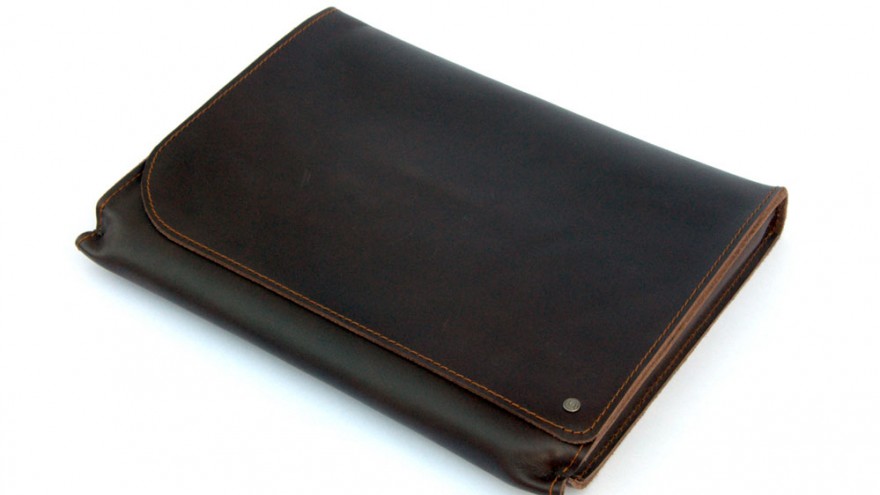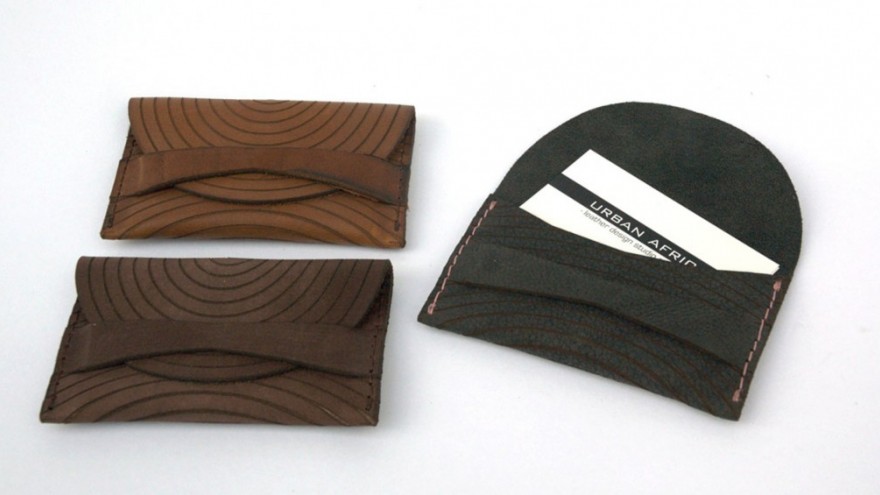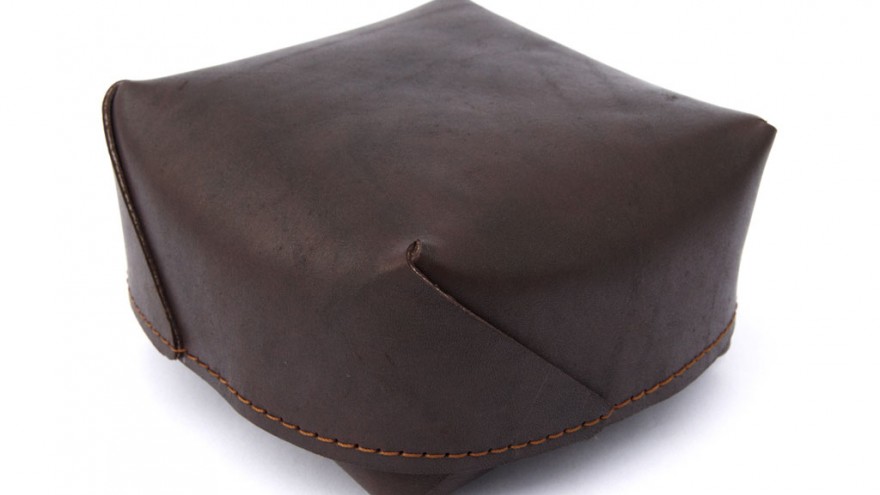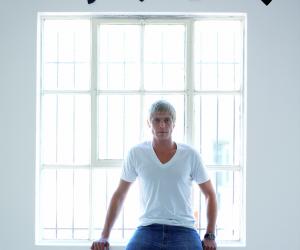Truly stylish South Africans have known for long time that local creativity is on par with the rest of the world. The innovation, inventiveness and originality that we see in local fashion, furniture, handcrafts and interior product designs confirms that there is no lack of ideas or creativity. So then why are so few South African designers and handcraft businesses commercially successful?
The answer is a complex one relating to business systems development, market access and entrepreneurial skill. However a non-profit initiative dedicated to creating sustainable change in Africa is trying to address these issues. The Fetola Foundation has identified the absence of effective and efficient business systems, which includes market access, skills transfer and business growth, as one of the key reasons for the low rate of commercial success among South African creative businesses.
Funded by the Embassy of Finland, the Fetola Foundation’s project is known as the ETU programme, and is coordinated by entrepreneur and MBA graduate Catherine Wijnberg, and trainer, mentor and business developer Anton Ressel. ETU, a Finnish word for “benefit”, is an integrated programme that comprises lectures, workshops, assessments, access to email resources, peer group discussions, remote mentoring, an e-learning component and an in-house media programme.
The programme started early in 2010 with the aim to enhance small business sustainability in South Africa, cultivate creative trade relationships and drive connections between South Africa and Finland, and support black economic empowerment.
Wijnberg and Ressel started by selecting 11 local craft and design businesses to participate in the programme. The curatorial process was rigorous in that the businesses not only had to have “product potential” but also the right mindset, support systems and infrastructure to allow for quick acceleration, Wijnberg explains. A 32-point selection grid examined various aspects of the businesses, from the financial management to the sales and marketing strategy, the potential to double the turnover, and whether the creatives behind the businesses are emotionally ready and comfortable to really grow their business.
The programme beneficiaries are involved in a diverse range of design disciplines and include Andy de Klerk of Cabinetworks, Vincent Urbain of Urban Africa, Bronweyn Craig of Out of Alex, Heath Nash, Tasleem Bulbulia of Soul Child Closet, Toni Burton of Zizamele Ceramics, Majda Raban of Chimpel, Theresa Wormser of TW Ceramics, Lynn Wolsey of All Women Recycling and Eve Collett of Casamento.
Wijnberg says they were disappointed at the small number of black-owned businesses that matched the criteria for selection into the programme. “We did target black designers but they really are few and far between.” She adds that the black designers who could comply with the selection criteria suffered “opportunity fatigue”, because they are the ones always targeted for funding and other benefits.
Wijnberg and Ressel’s experience is that designers often become victims of their own success. “It is not the lack of innovation or creativity that hampers the growing success of these businesses but the mistake they make in thinking that if they want to expand they have to focus on product development,” says Wijnberg. What these creatives usually need is a business system that backs-up the creative work that they do.
Ressel in turn says that understanding costing and pricing, finding a market for one’s work, understanding how to deal with the media, drawing up job descriptions for employees and putting a working system in place are just some of the steps that help to build commercial success.
The programme also helps creatives understand their role as both designers and business people, as participant Heath Nash attests: “The programme has really changed the way I see myself and my business. With a little bit of business intervention and knowledge, my perspective has changed and I’ve become quite a different businessman, and a much more confident person in the arena of business (and personally). I’ve been running my business for about six years without any real training, and it always made me really insecure and uncertain.”
One of the fundamental building blocks that Fetola proposes for the beneficiaries is to draw up a vision statement. “This helps to focus on what it is that one wants to achieve with a business, and the strategic plan flows from there,” says Wijnberg. Ressel adds that once the beneficiaries take the time to do this they find that it’s a real eye-opener.
Majda Raban, designer and manufacturer of Chimpel leather accessories confirms the usefulness of a vision statement: “I've now got a vision and a mission statement, which I do not think I would have if it was not for Fetola. The great part is that it reminds me what I want to achieve and it keeps me focused.”
Toni Burton of Zizamele Ceramics agrees that compiling a vision statement was very illuminating. Burton is very excited about the prospect of working with a Finnish designer as well as the promised Scandinavian/SA trade links. She also found the volunteers provided by Fetolo extemely useful as they provided actual hands-on assistance which is what she feels she needs more than anything else.
As a networking tool, the programme has been very useful for Eve Collett of Casamento. She always found the general assistance and advice to be useful. Other benefits have included learning branding and marketing skills, as well as how to write a business plan, streamline her shop’s administration system and develop her design skills in a way that can enable her to manufacture more competitively.
Three years worth of funding has been made available for the programme after which Wijnberg and Ressel hope more funding will become available to present the programme to another group of local creatives. They are however both certain that the benefits of the programme will grow exponentially as the beneficiaries are encouraged to keep in touch via email, to share experiences, problems, concerns, useful hints and other business skills.
Vincent Urbain of Urban Africa leather design is particularly keen on the sharing part of the programme: “I really enjoy the face-to-face meetings, and hearing other designers and artists talk about the same challenges. It’s really motivating and encouraging. The road is full of obstacles but there is also sunshine along the way.”
Truly stylish South Africans have known for long time that local creativity is on par with the rest of the world. The innovation, inventiveness and originality that we see in local fashion, furniture, handcrafts and interior product designs confirms that there is no lack of ideas or creativity. So then why are so few South African designers and handcraft businesses commercially successful?
The answer is a complex one relating to business systems development, market access and entrepreneurial skill. However a non-profit initiative dedicated to creating sustainable change in Africa is trying to address these issues. The Fetola Foundation has identified the absence of effective and efficient business systems, which includes market access, skills transfer and business growth, as one of the key reasons for the low rate of commercial success among South African creative businesses.
Funded by the Embassy of Finland, the Fetola Foundation’s project is known as the ETU programme, and is coordinated by entrepreneur and MBA graduate Catherine Wijnberg, and trainer, mentor and business developer Anton Ressel. ETU, a Finnish word for “benefit”, is an integrated programme that comprises lectures, workshops, assessments, access to email resources, peer group discussions, remote mentoring, an e-learning component and an in-house media programme.
The programme started early in 2010 with the aim to enhance small business sustainability in South Africa, cultivate creative trade relationships and drive connections between South Africa and Finland, and support black economic empowerment.
Wijnberg and Ressel started by selecting 11 local craft and design businesses to participate in the programme. The curatorial process was rigorous in that the businesses not only had to have “product potential” but also the right mindset, support systems and infrastructure to allow for quick acceleration, Wijnberg explains. A 32-point selection grid examined various aspects of the businesses, from the financial management to the sales and marketing strategy, the potential to double the turnover, and whether the creatives behind the businesses are emotionally ready and comfortable to really grow their business.
The programme beneficiaries are involved in a diverse range of design disciplines and include Andy de Klerk of Cabinetworks, Vincent Urbain of Urban Africa, Bronweyn Craig of Out of Alex, Heath Nash, Tasleem Bulbulia of Soul Child Closet, Toni Burton of Zizamele Ceramics, Majda Raban of Chimpel, Theresa Wormser of TW Ceramics, Lynn Wolsey of All Women Recycling and Eve Collett of Casamento.
Wijnberg says they were disappointed at the small number of black-owned businesses that matched the criteria for selection into the programme. “We did target black designers but they really are few and far between.” She adds that the black designers who could comply with the selection criteria suffered “opportunity fatigue”, because they are the ones always targeted for funding and other benefits.
Wijnberg and Ressel’s experience is that designers often become victims of their own success. “It is not the lack of innovation or creativity that hampers the growing success of these businesses but the mistake they make in thinking that if they want to expand they have to focus on product development,” says Wijnberg. What these creatives usually need is a business system that backs-up the creative work that they do.
Ressel in turn says that understanding costing and pricing, finding a market for one’s work, understanding how to deal with the media, drawing up job descriptions for employees and putting a working system in place are just some of the steps that help to build commercial success.
The programme also helps creatives understand their role as both designers and business people, as participant Heath Nash attests: “The programme has really changed the way I see myself and my business. With a little bit of business intervention and knowledge, my perspective has changed and I’ve become quite a different businessman, and a much more confident person in the arena of business (and personally). I’ve been running my business for about six years without any real training, and it always made me really insecure and uncertain.”
One of the fundamental building blocks that Fetola proposes for the beneficiaries is to draw up a vision statement. “This helps to focus on what it is that one wants to achieve with a business, and the strategic plan flows from there,” says Wijnberg. Ressel adds that once the beneficiaries take the time to do this they find that it’s a real eye-opener.
Majda Raban, designer and manufacturer of Chimpel leather accessories confirms the usefulness of a vision statement: “I've now got a vision and a mission statement, which I do not think I would have if it was not for Fetola. The great part is that it reminds me what I want to achieve and it keeps me focused.”
Toni Burton of Zizamele Ceramics agrees that compiling a vision statement was very illuminating and that she finds it incredibly helpful to have Ressel as a business mentor to bounce ideas off. Burton is however disappointed that the development of trade opportunities between Finland and South Africa have as yet not materialised. She also wonders about the promised design links between the two countries. “The prospect of trade with Scandanavian countries is what got me interested in the programme in the first place, and the opportunity to work with a Finnish designer would send me into orbit. I just wonder why it hasn’t happened,” Burton says. She also reckons that Zizamele would benefit more from actual, hands-on help than from more theoretical lecturing.
As a networking tool, the programme has been very useful for Eve Collett of Casamento. She always found the general assistance and advice to be useful. Other benefits have included learning branding and marketing skills, as well as how to write a business plan, streamline her shop’s administration system and develop her design skills in a way that can enable her to manufacture more competitively.
Three years worth of funding has been made available for the programme after which Wijnberg and Ressel hope more funding will become available to present the programme to another group of local creatives. They are however both certain that the benefits of the programme will grow exponentially as the beneficiaries are encouraged to keep in touch via email, to share experiences, problems, concerns, useful hints and other business skills.
Vincent Urbain of Urban Africa leather design is particularly keen on the sharing part of the programme: “I really enjoy the face-to-face meetings, and hearing other designers and artists talk about the same challenges. It’s really motivating and encouraging. The road is full of obstacles but there is also sunshine along the way.”

